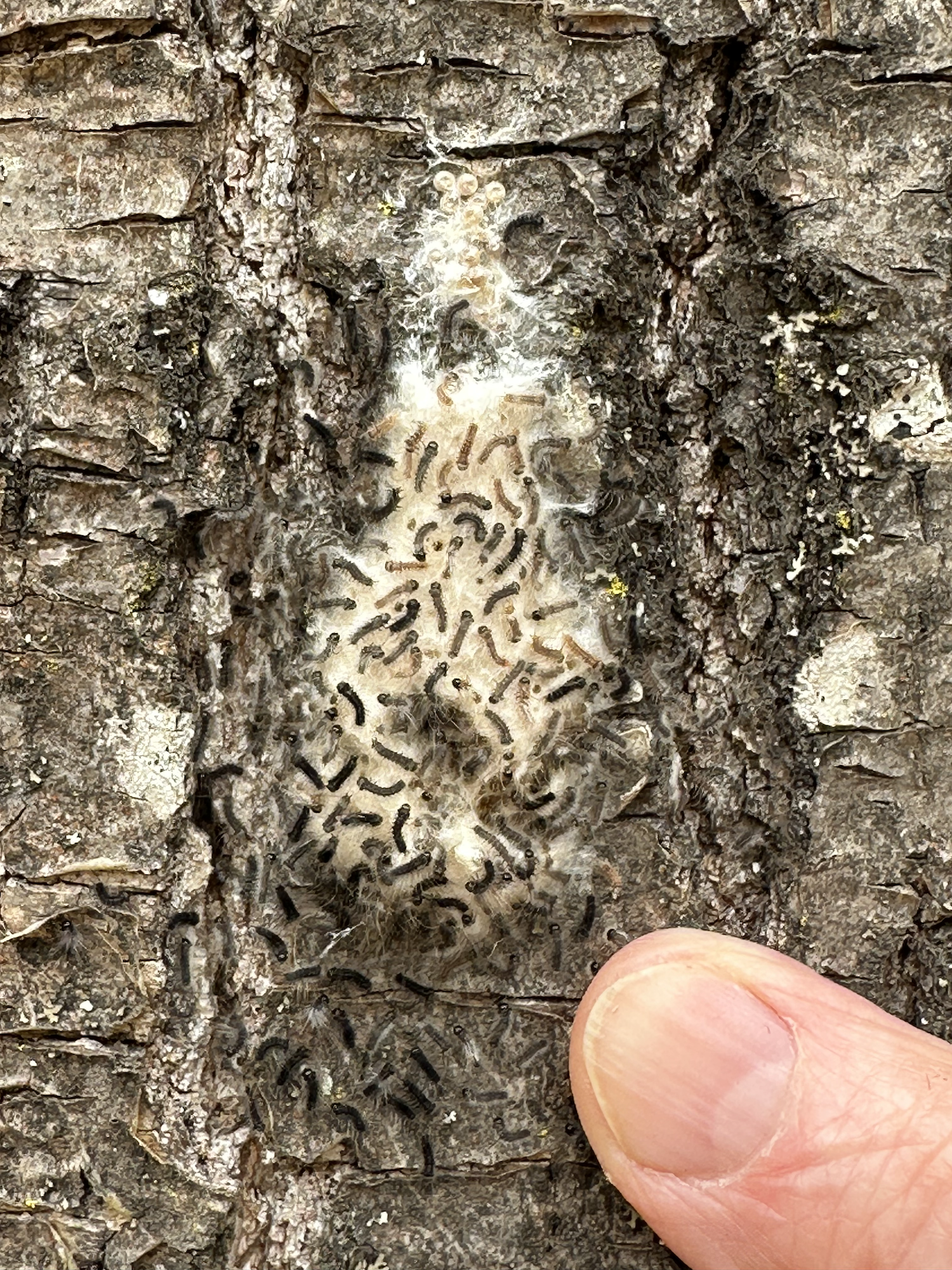National Marine Sanctuary Proposed for Chequamegon Bay
/Adam Haecker, 2016
The waters of Stockton and Outer islands along with the other Apostle Islands and Chequamegon Bay are being proposed as a National Marine Sanctuary (NMS) – an area of the coastal marine or Great Lakes environment with special conservation, recreational, ecological, historical, cultural, archaeological or esthetic qualities of national significance. Photo by Barbara Coffin
All of us who live on the island year-round or descend upon the island in the summer appreciate our surroundings. I mean, look around you. The natural beauty of Chequamegon Bay and the Apostle Islands is undoubtedly breathtaking, and the cultural richness of Native American history and the fur trade industry dates back hundreds of years. Therefore, the need to protect these great resources is increasingly important; and today we might just have the best means to do so.
It is called a National Marine Sanctuaries or NMS, for short. Specifically, NMS sites are areas that the National Oceanic and Atmospheric Administration (NOAA) have designated for research, education and protection in the oceans and the Great Lakes. They are areas of the marine (or lake) environment with special conservation, recreational, ecological, historical, cultural, archaeological or esthetic qualities of national significance. Some examples include historic shipwrecks, critical underwater habitats for fish, and maritime sites of cultural importance.
To date, there are 14 designated NMS sites in the United States. Of the 14 sites, 13 of them are located in ocean areas. The only one that isn’t is the Thunder Bay NMS on Lake Huron, which lies immediately off of the east coast of Alpena, Michigan. At first blush, it might seem like the interior of the country (particularly the Great Lakes) are being overlooked. Inland (fresh) waters are equally important, one might argue, and hence the proposed nomination for Chequamegon Bay and the Apostle Islands comes at a good time.
Why now? For the first time, the process for adding new sanctuaries is open for nominations from the public, state and federal agencies, and Native American tribes. Now’s our chance, in other words, for NOAA’s backing and support for years to come. If this nomination becomes a designation (it’s a two-step process), NOAA would provide financial and technical support for the submerged (underwater) resources in Chequamegon Bay and the Apostle Islands. (The exact boundaries of the NMS are yet to be determined.).
Let’s take a step back for a moment. It must first be understood that NMS designation does not come with a new set of rules, policies and oversight that change our business, commercial and recreational practices in Chequamegon Bay and the Apostle Islands. In fact, quite the opposite is true. The nomination (the first step) is a community-based, grassroots initiative, in which local businesses, agencies and like-minded partners write letters of support to get the process started.
Once designated, NOAA’s role is to provide a variety of tools that protect our natural environment and cultural resources as they exist today. These tools include regulations to protect significant marine resources, as well as education and research that furthers the mission of all parties involved. For example, NMS designation prohibits disturbance or alteration of the lakebed in areas with critical habitat and cultural resources. NOAA also does not manage the fisheries industry in Chequamegon Bay and the Apostle Islands (that’s the role of the Wisconsin Department of Natural Resources and the Red Cliff and Bad River bands of the Lake Superior Chippewa). And, no local or state funds are required to support a NMS. Once designated, NOAA pays the cost for operating a NMS. Further, no treaty rights are affected.
Ultimately, NMS designation would protect a diverse fish community, including important spawning and feeding areas. Chequamegon Bay and the Apostle Islands are home to 40 species of fish, and numerous spawning reefs. Case in point: the designation would support the only self-sustaining population of lake sturgeon in Lake Superior which spawns in the Bad River. The designation also would protect archaeological resources such as the numerous shipwrecks that dot the shorelines of the Apostle Islands, as well as the Red Cliff and Bad River bands’ cultural resources that are so precious to our history. There’s even talk about establishing a NMS visitor center in the already existing Northern Great Lakes Visitor Center near Ashland, Wisconsin.
What’s next? The NMS process is in the pre- proposal stage. There is a 20-member nomination steering committee that is soliciting letters of support, resolutions of support and partnership offers. (For an up-to-date list of supporters, please visit the Lake Superior National Marine Sanctuary Initiative website listed in the following paragraph.) The committee also writes the nomination report, and sends it out for review. They hope to send it to NOAA by June 1. At that point, the designation process, which can take up to three years, begins. It also involves public hearings and an environmental impact statement. Please refer to the websites and contact information in the following paragraph to become more familiar with the NMS process and timeline..
Where can I find more information?
The website for the local initiative is:
http://www.lakesuperiorsanctuary.org
The website for the National Marine Sanctuary system or designated sanctuaries in the system is:
http://sanctuaries.noaa.gov/about/welcome.html
For general questions, please contact Karin Kozie, who is a wildlife biologist serving on the National Marine Sanctuary Nomination Committee, at 715-373-5916.





























